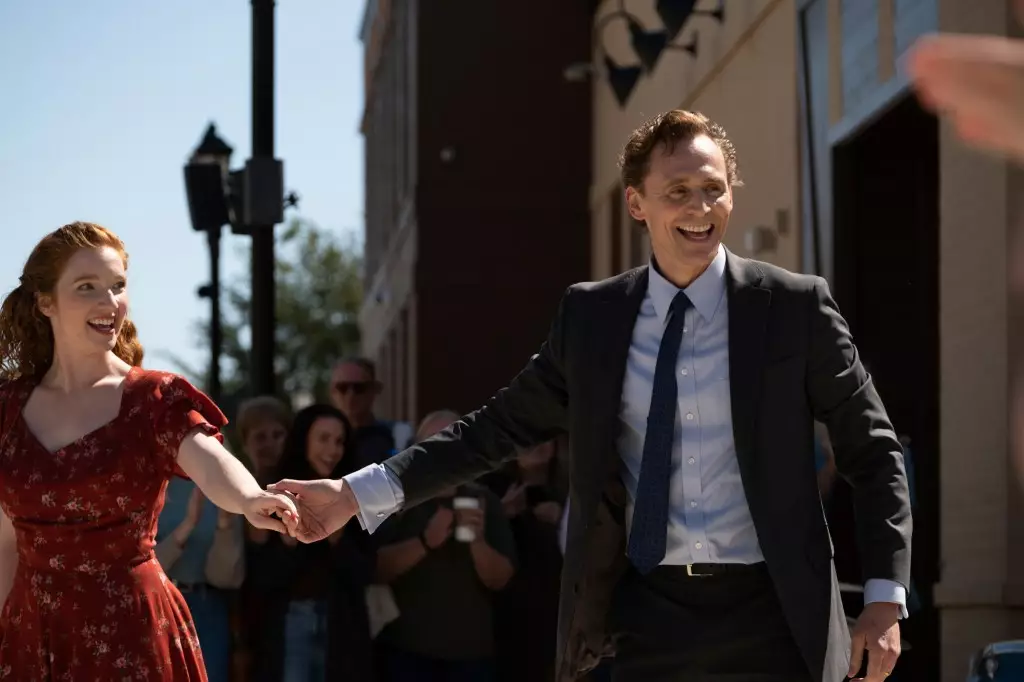For decades, the Hollywood summer blockbuster has been the industry’s crown jewel—a spectacle designed to captivate mass audiences and maximize returns. However, beneath the glittering surface lies a troubling trend: the relentless cycle of recycling familiar formulas under the guise of innovation. The recent summer’s box office triumphs, such as the resurgence of iconic franchises like Jurassic Park and Superman, serve as both a victory lap and a stark reminder of Hollywood’s creative stagnation. What once was a fertile ground for surprises and fresh storytelling has gradually devolved into a predictable parade of sequels, remakes, and brand-driven commodities.
The golden age of unpredictable discoveries, such as American Graffiti or Dog Day Afternoon, was rooted in the element of surprise. These films thrived not because they were marketed as blockbuster events but because they resonated organically with their audiences—crafted by filmmakers willing to take risks. Yet, over time, studios learned that proven brands could reliably fill seats, leading to a relentless quest for franchise expansion. The result? An industry increasingly obsessed with pre-sold properties designed to minimize risk rather than elevate art. Films like Deep Impact and Armageddon, released mere weeks apart, exemplify this pattern—a blatant duplication of themes aimed at capturing the same audience market rather than creating true cinematic innovation.
This overreliance on brand recognition has dulled Hollywood’s creative edge. Studios chase the next mega-hit by riffing on successful franchises, leading to a sameness that risks alienating discerning viewers. The danger is not merely commercial but cultural: when audiences are fed the same storyline packaged differently, film becomes less about storytelling and more about spectacle and merchandising. The recent trend hints at a service industry that values short-term profits over sustainable artistic growth.
The Future of Summer Blockbusters: Are We Facing a Creative Crisis?
The summer of 2025 reveals this troubling pattern with startling clarity. A handful of films make noise—mostly through festival buzz or niche marketing efforts—yet the majority drift into obscurity upon release. Unlike the classic surprises of Hollywood’s golden era, most of today’s summer offerings serve as placeholders, designed solely to capitalize on the existing brand recognition. This saturation creates a paradox: there’s virtually no room for genuine surprises in a market choked with familiar IPs and formulaic stories.
Taking a closer look at niche releases like “Chuck,” based on Stephen King’s stories and directed by genre-bending filmmaker Mike Flanagan, underscores the industry’s dependency on conventional safe bets. Despite its innovative narrative structure and brave risk-taking, “Chuck” struggled to garner widespread attention or marketing muscle. It highlights an industry increasingly unwilling to invest in low-profile projects with artistic merit—projects that could inspire a new cycle of discovery if given the chance.
Hollywood’s obsession with blockbuster spectacle and brand dominance reveals a fundamental shortsightedness. The industry prefers the comfort zone of familiar characters and pre-packaged narratives, overlooking the potential impact of authentic storytelling and inventive filmmaking. This complacency risks turning iconic cinematic moments into relics of the past, while audiences grow weary of recycled plots and predictable outcomes.
Will Hollywood Break its Cycle of Self-Replication?
From a pragmatic perspective rooted in center-right liberalism, one might argue that Hollywood’s reliance on proven brands is a sensible business strategy—calculated risk management in a fiercely competitive marketplace. However, prioritizing immediate profits over long-term artistic vitality erodes the cultural fabric that once made cinema a mirror to society’s imagination and values. The current approach stifles emerging talent and discourages the kind of innovative storytelling that can redefine the genre.
Innovators like Neon, taking chances on lesser-known projects, demonstrate that there is appetite for fresh narratives—a sign that audiences are craving something beyond mindless spectacle. Yet the industry’s overarching tendency remains driven by the feverish pursuit of franchise cash cows. The challenge lies in balancing profitability with artistic risk-taking, fostering an environment where new voices can thrive without fear of being drowned out by the noise of repetitive blockbusters.
Until Hollywood recognizes that genuine innovation requires patience, investment, and a willingness to break away from the comfort of familiarity, the cycle of predictability will persist. The next wave of cinematic surprises depends not just on luck but on a conscious strategic shift—embracing complexity over convention and daring to challenge audience expectations, rather than merely pandering to them.

